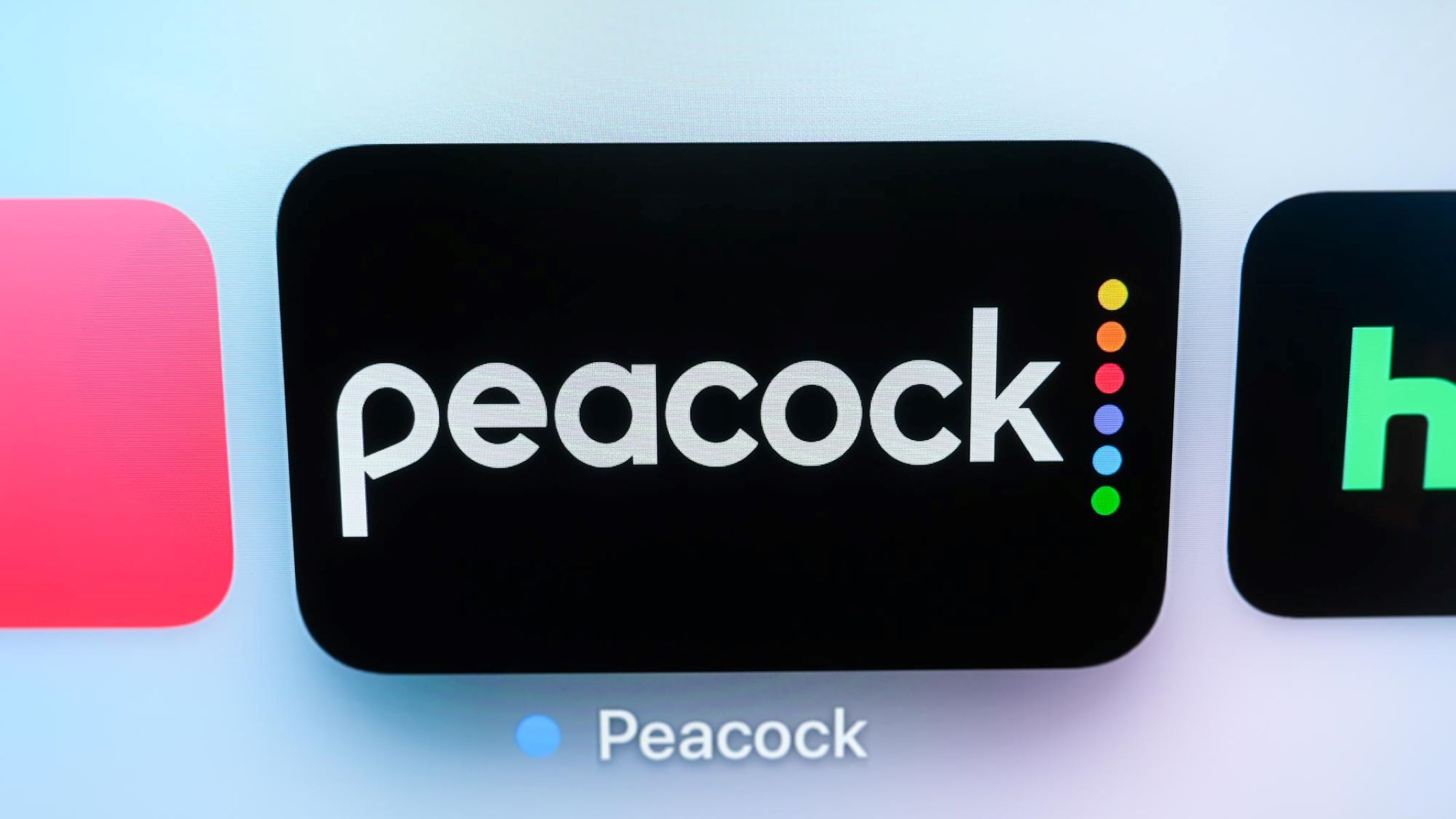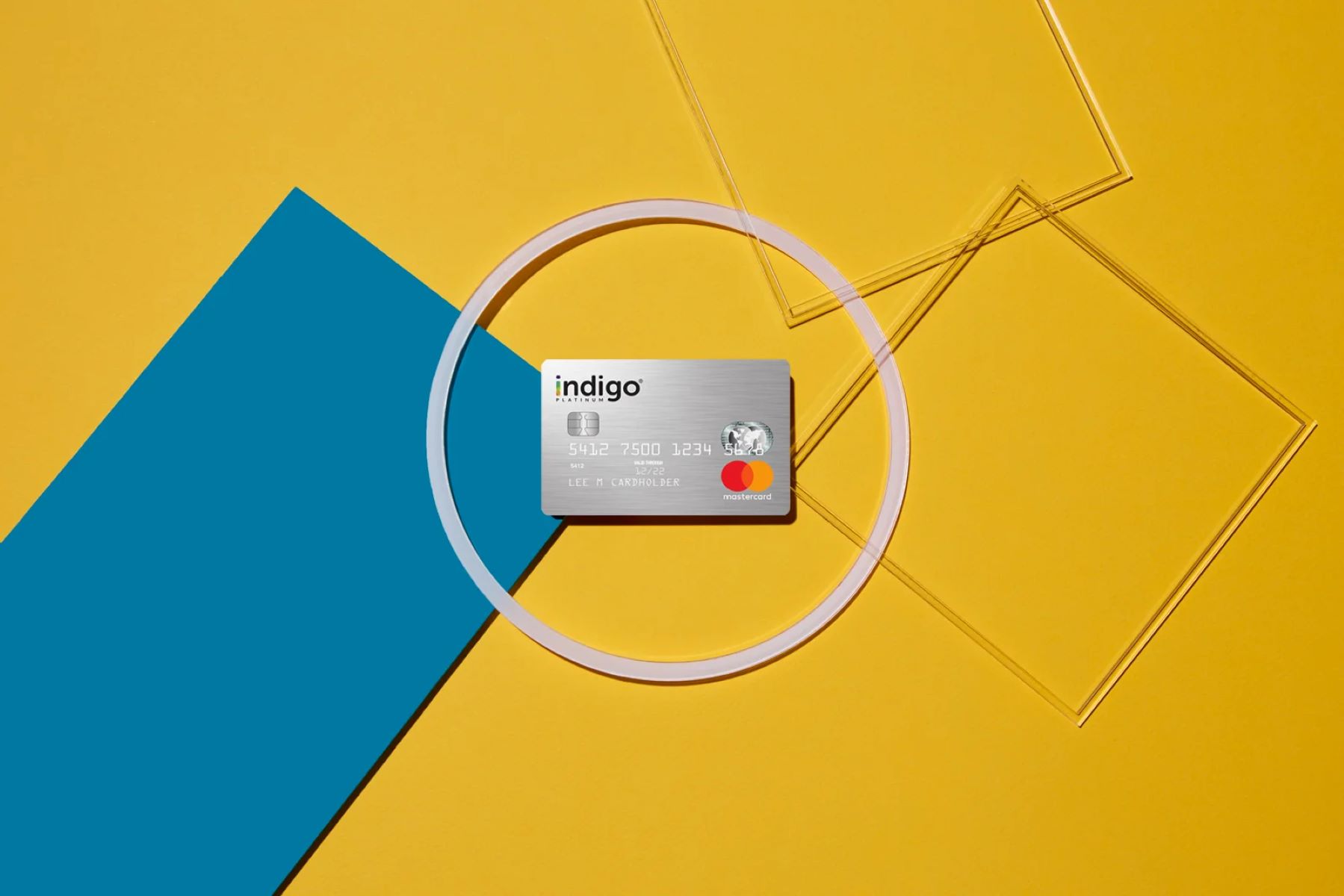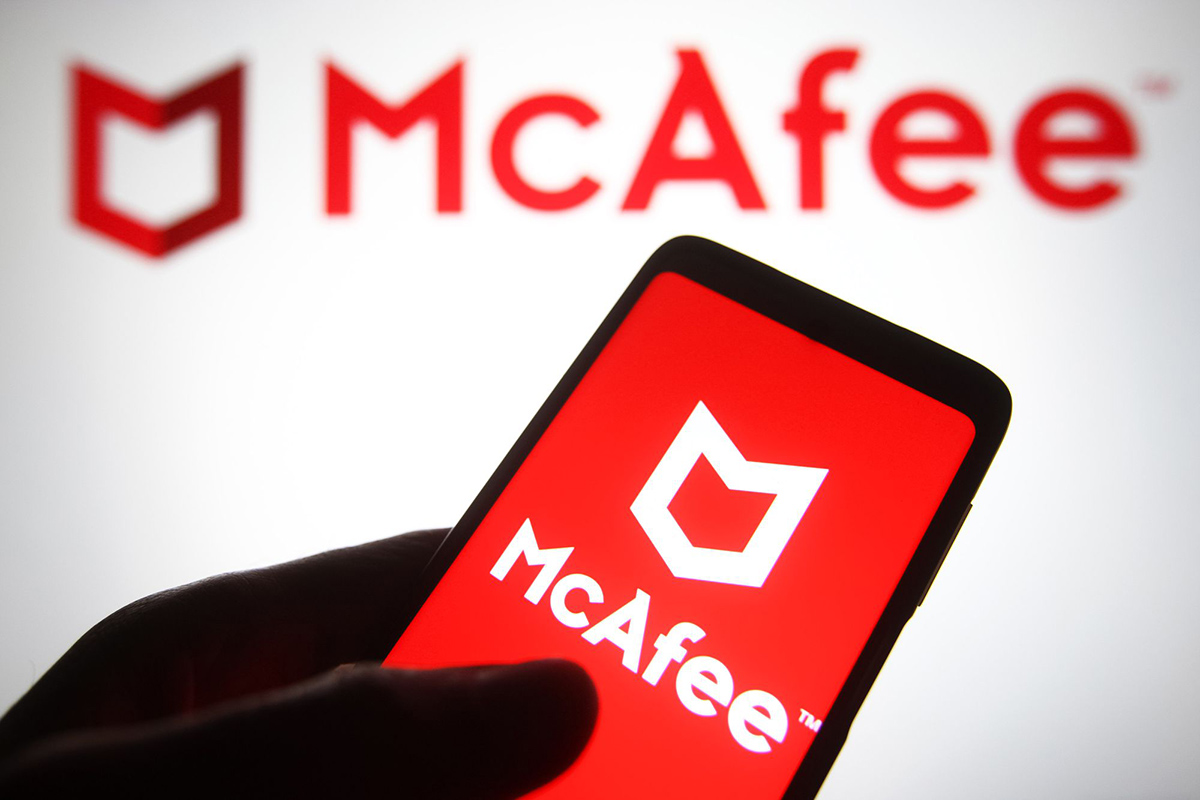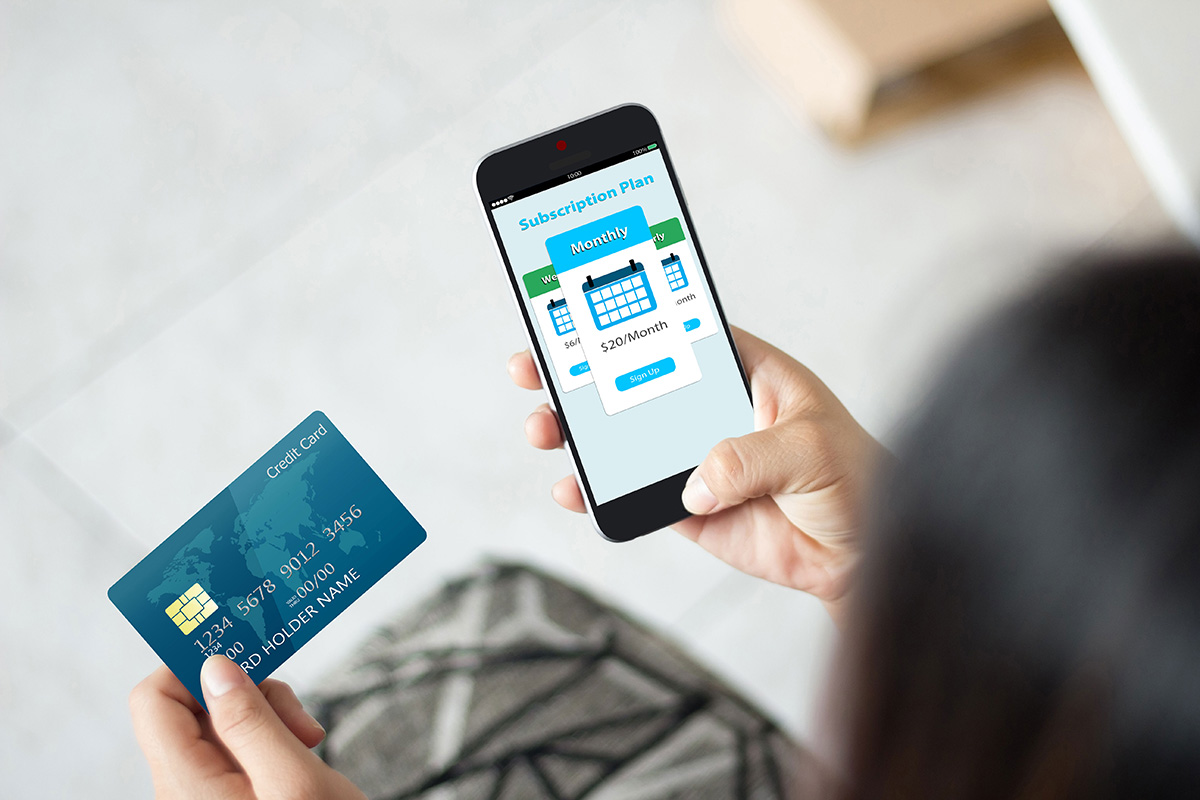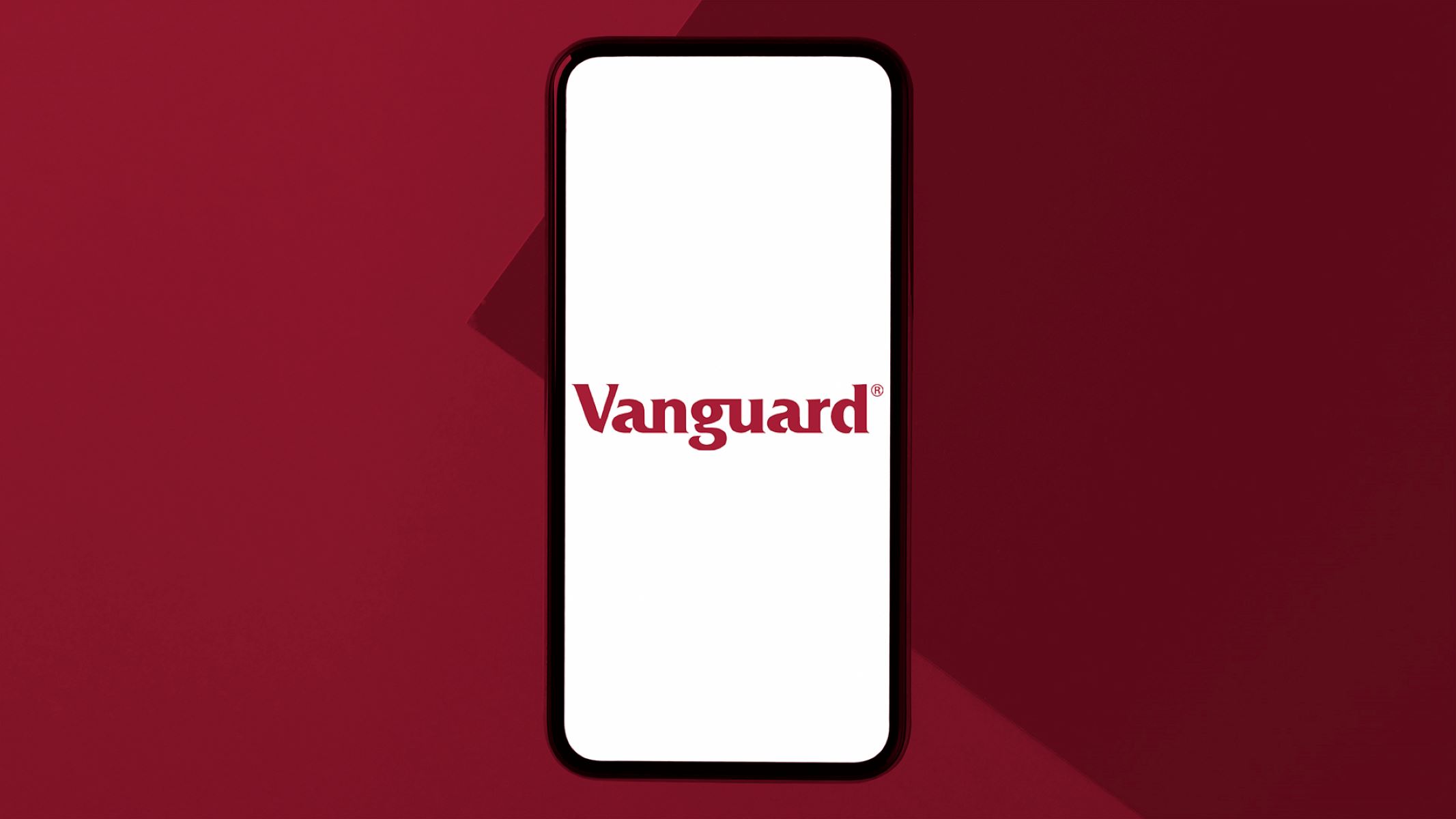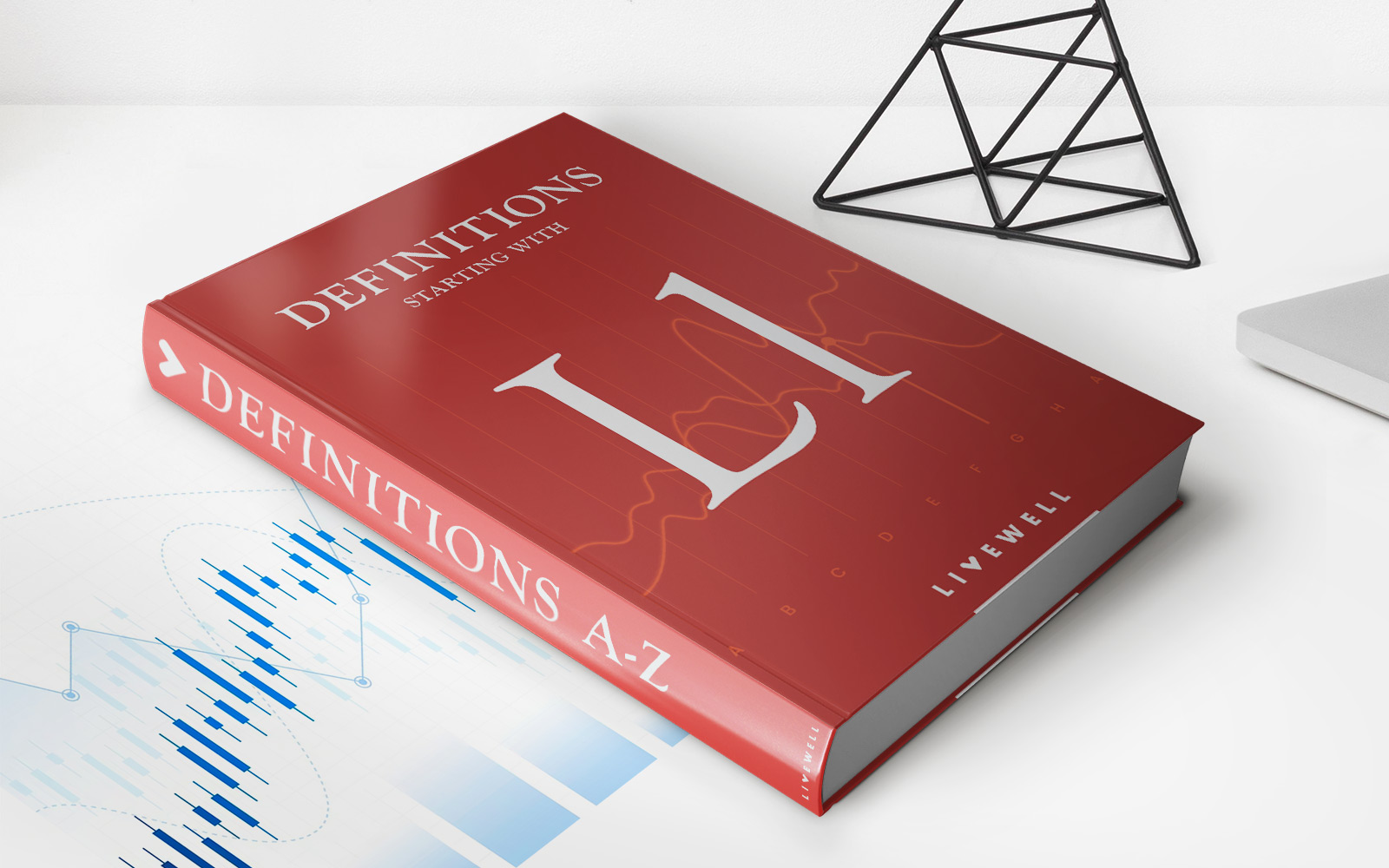Home>Finance>How Do I Stop Automatic Payments From My Credit Card


Finance
How Do I Stop Automatic Payments From My Credit Card
Published: October 27, 2023
Learn how to stop automatic payments from your credit card and take control of your finances. Stop unnecessary charges and manage your payments effectively.
(Many of the links in this article redirect to a specific reviewed product. Your purchase of these products through affiliate links helps to generate commission for LiveWell, at no extra cost. Learn more)
Table of Contents
Introduction
Automatic payments are a convenient way to manage your bills and expenses. They help ensure that your payments are made on time, saving you the hassle of remembering due dates and manually making payments. However, there may come a time when you want to stop these automatic payments from your credit card.
Whether you’re trying to cancel a subscription service, prevent unauthorized payments, or simply regain control over your finances, it’s important to know the methods to stop automatic payments. In this article, we will explore five effective methods to help you regain control over your credit card payments.
Before diving into the methods, it’s crucial to understand the importance of reviewing your credit card statements regularly. Regularly monitoring your transactions will allow you to identify any unauthorized charges or unexpected fees, making it easier to take immediate action.
Now, let’s explore the methods to stop automatic payments from your credit card, ensuring you have full control over your financial obligations.
Method 1: Contacting the Merchant Directly
One of the most straightforward ways to stop automatic payments from your credit card is by contacting the merchant or service provider directly. This method works well for subscription services, gym memberships, or any other recurring payments that you have set up.
The first step is to locate the contact information for the merchant. This can usually be found on their website, in your account settings, or on your billing statement. Once you have the contact information, reach out to the merchant via phone or email.
When contacting the merchant, explain that you want to stop the automatic payments from your credit card. Be clear and concise about your request and provide any relevant account or payment information they may need. It’s also a good idea to request a confirmation in writing, such as an email or letter.
In some cases, the merchant may require you to follow a specific cancellation process or provide a written notice. Make sure to comply with their requirements to avoid any complications. Keep in mind that cancellation policies may vary from one merchant to another, so be prepared to provide any necessary documentation or adhere to specific timeframes.
Once you have successfully stopped the automatic payment, it’s essential to monitor your credit card statements to ensure that no further charges are made. If you notice any unauthorized debits or if the automatic payments continue, you may need to escalate the issue to your credit card issuer (which we will discuss in the next section).
Contacting the merchant directly is often the most efficient method to stop automatic payments, as they have the ability to halt the charges from their end. However, if this method doesn’t resolve the issue, there are other steps you can take to regain control over your credit card payments.
Method 2: Cancelling through Online Banking
If you have online banking set up for your credit card, you can often manage and control your automatic payments directly through your bank’s online platform. This method provides a convenient way to stop automatic payments without having to contact the merchant.
To cancel automatic payments through online banking, follow these steps:
- Login to your online banking account and navigate to the section where you can manage your credit card.
- Locate the automatic payments or recurring payments section. The exact location may vary depending on your bank’s website layout.
- Review the list of automatic payments linked to your credit card. Identify the payment you want to cancel and select the option to delete or cancel it.
- Confirm your cancellation request and double-check that the payment has been successfully removed from your account.
It’s important to note that the availability of this feature may vary depending on your bank and the specific credit card you hold. If you don’t see an option to cancel automatic payments through online banking, you may need to explore other methods or contact your bank for assistance.
Once you have canceled the automatic payment, it’s recommended to monitor your credit card statements to confirm that the payment is no longer being deducted. If the payment continues or if you encounter any issues with the cancellation process, reach out to your bank’s customer service for further assistance.
Cancelling automatic payments through online banking provides a straightforward and efficient way to regain control over your credit card expenses. However, if this method is not available or does not resolve the issue, there are other methods we’ll explore in the following sections.
Method 3: Disputing the Charges with Your Credit Card Issuer
If you are unable to stop automatic payments by contacting the merchant directly or canceling through online banking, you can take the next step by disputing the charges with your credit card issuer. This method can be effective when dealing with unauthorized or fraudulent automatic payments.
To dispute the charges, follow these steps:
- Review your credit card statement and identify the automatic payment that you want to dispute. Note the date, amount, and any other relevant details.
- Contact your credit card issuer’s customer service via phone or secure message through their online portal. Inform them about the automatic payment you wish to dispute.
- Provide the representative with all the necessary information, such as the transaction details, any evidence of cancellation attempts, and the reasons why you believe the charge is unauthorized or fraudulent.
- Follow any additional instructions provided by your credit card issuer, such as filling out a dispute form or providing supporting documentation.
- Monitor your credit card statement for updates on the dispute. In many cases, the credit card issuer will conduct an investigation to determine the validity of your claim.
During the dispute process, your credit card issuer may temporarily remove the disputed charges from your account while investigating the matter. This helps protect your funds while the issue is resolved.
It’s important to keep in mind that the timeframe for resolving disputes can vary depending on the complexity of the case and the policies of your credit card issuer. Stay in touch with your credit card issuer and provide any additional information or documentation they may request to expedite the process.
Disputing the charges with your credit card issuer allows you to escalate the issue and seek resolution beyond the merchant. However, if this method does not achieve the desired results, there are still more avenues to explore, which we will discuss in the following sections.
Method 4: Utilizing a Payment Monitoring Service
Another approach to stop automatic payments from your credit card is by utilizing a payment monitoring service. These services are designed to help you keep track of your subscriptions and recurring payments, making it easier to manage and control your financial obligations.
Here’s how you can effectively utilize a payment monitoring service:
- Research and select a reputable payment monitoring service that suits your needs. Look for services that offer features like transaction monitoring, automatic payment alerts, and the ability to manage and cancel subscriptions.
- Sign up for the payment monitoring service and link your credit card to their platform. This usually involves providing your credit card details securely.
- Once your credit card is linked, the service will start monitoring your transactions, including automatic payments.
- Set up alerts and notifications for any new or unauthorized automatic payments that appear on your credit card. This will allow you to take immediate action and stop the payments before they occur.
- If you identify any unwanted or unauthorized automatic payments, use the tools provided by the payment monitoring service to cancel or block those payments.
Payment monitoring services can be a valuable tool for staying on top of your recurring payments and maintaining control over your credit card expenses. They offer a centralized platform where you can track, manage, and cancel automatic payments without having to contact individual merchants.
It’s important to note that payment monitoring services may come with a subscription fee or offer limited features for free. Be sure to review the terms and conditions of the service you choose and assess whether the benefits outweigh the cost.
By utilizing a payment monitoring service, you can streamline the process of managing automatic payments and gain greater control over your credit card transactions.
Method 5: Blocking the Charges through Your Credit Card Company
If you are still unable to stop automatic payments through previous methods, you can resort to blocking the charges directly through your credit card company. This method allows you to prevent specific charges or merchants from accessing your credit card for automatic payments.
To block the charges, follow these steps:
- Contact your credit card company’s customer service and inform them about the automatic payments you want to block. Be prepared to provide details such as the merchant’s name, the amount of the payment, and any relevant transaction information.
- Explain your reasons for wanting to block the charges, whether it’s due to unauthorized payments, cancellation issues, or any other concerns.
- Ask the representative about the specific process for blocking charges on your credit card. They may require you to fill out a form or provide additional documentation.
- Once the block is in place, your credit card company will reject any attempts by the specified merchant to charge your card for automatic payments.
It’s crucial to understand that blocking charges through your credit card company is typically a temporary solution and may only cover a specific time frame or merchant. It’s important to regularly review your credit card statements to ensure that no unauthorized charges slip through.
Additionally, keep in mind that blocking charges may have unintended consequences, such as potential disruptions to other legitimate payments or services associated with the blocked merchant. Be aware of these potential drawbacks and evaluate the overall impact before pursuing this method.
By blocking the charges through your credit card company, you can assert greater control over your automatic payments and ensure that undesired charges are prevented from being debited from your account.
Conclusion
Stopping automatic payments from your credit card is essential for regaining control over your finances and ensuring that you only pay for the services and subscriptions you truly want or need. While it can be frustrating to navigate the process, the methods outlined in this article provide effective ways to stop automatic payments and put you back in the driver’s seat.
First, contacting the merchant directly can often resolve the issue, especially for recurring subscriptions or memberships. If that doesn’t work, you can try cancelling the automatic payments through your online banking portal, if available. Disputing the charges with your credit card issuer is another option when dealing with unauthorized or fraudulent payments.
For added convenience, payment monitoring services can help you keep track of all your automatic payments in one place and provide tools to easily manage and cancel them. And if all else fails, blocking the charges through your credit card company can offer temporary relief from unwanted payments.
Remember to regularly review your credit card statements to stay on top of your financial obligations and identify any unauthorized charges. It’s crucial to address any issues as soon as possible to prevent further complications.
By utilizing these methods and being proactive in managing your automatic payments, you can regain control over your credit card expenses and ensure that you only pay for what you truly need and want. Take charge of your financial well-being and enjoy the peace of mind that comes with being in control of your credit card payments.

